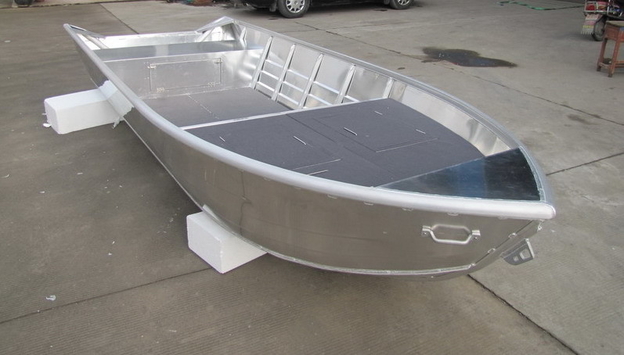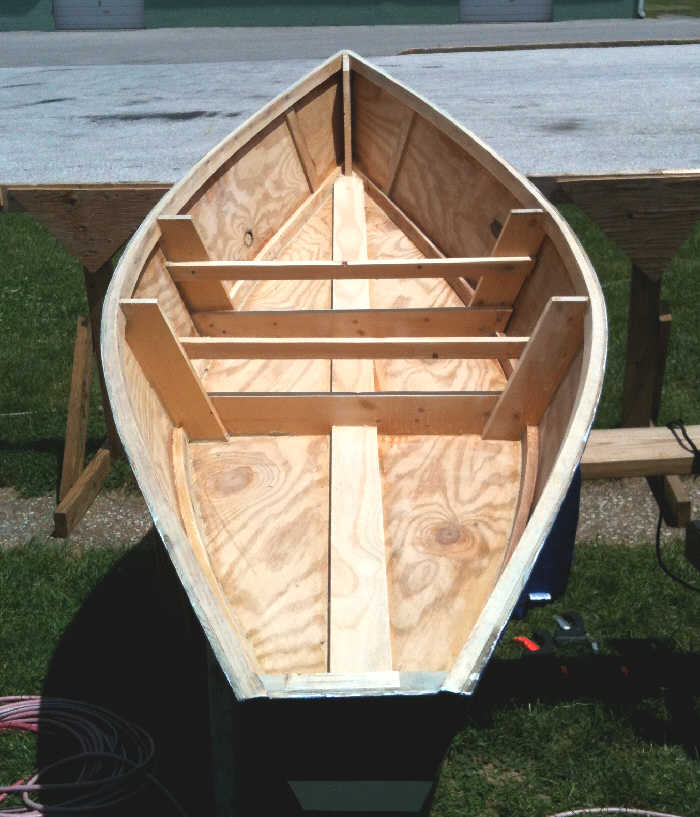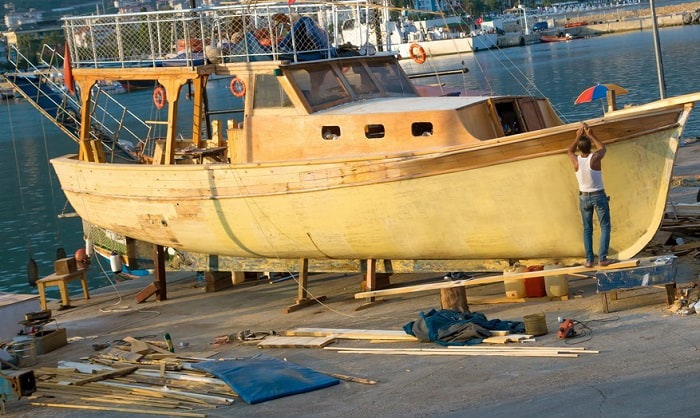Best Fishing Boat Plans for Stability and Performance

Beyond the Blueprint: Unveiling Hidden Secrets in Stable & High-Performing Fishing Boat Plans
Choosing the right fishing boat plans isn't just about aesthetics; it's about navigating the complex interplay of stability, performance, and buildability. While countless resources focus on hull types and engine specifications, we delve deeper, exploring often-overlooked aspects critical to success. This article is for hobbyists, builders, educators, and craftsmenâ€"anyone seeking to build a boat that's not only beautiful but also a reliable, high-performing fishing machine.
The Unsung Hero: Material Selection Beyond the Obvious
We often hear about fiberglass, wood, and aluminum. But what about the nuanced choices *within* those materials? This is where significant performance and stability gains lie hidden.
Q: How can wood selection drastically impact stability?
A: The type of wood significantly affects weight distribution and buoyancy. A heavier wood like teak, while durable, might lower the center of gravity, potentially improving stability but reducing speed. Lighter woods like cedar require more meticulous construction to achieve equivalent strength. Consider the implications: A cedar hull requires superior joinery and potentially more reinforcement, impacting build time and cost. Recent research in composite materials (e.g., studies published in the *International Journal of Naval Architecture and Ocean Engineering*) shows fascinating potential for lightweight, high-strength hulls using carefully selected combinations of wood and epoxy resins. This is a promising area rarely discussed in traditional boat building circles.
Q: How does the choice of fiberglass cloth affect performance?
A: Not all fiberglass is created equal. The weave, weight, and resin type all play crucial roles. Heavier cloth offers superior strength but increases weight, potentially impacting speed and fuel efficiency. Recent studies on the effects of resin type on long-term hull integrity are becoming increasingly relevant. Choosing a resin that provides UV resistance and minimizes degradation is crucial for longevity and safety. This subtle choice often gets lost in the excitement of hull design.
Beyond the Hull: The Often-Forgotten Factors
The hull is essential, but the overall design's success depends on many interconnected elements.
Q: What role does the keel design play in stability beyond its traditional function?
A: While keels are primarily known for their stabilizing effect, their design significantly affects directional stability and overall performance. A deeper keel provides more stability but increases draft (the depth of the hull below the waterline), limiting access to shallower waters. A shorter keel may be faster but less stable in rough seas. Consider the intended fishing grounds: are you targeting deep-sea fishing or inshore adventures? The keel design needs to reflect these priorities. This consideration goes beyond simple textbook solutions.
Q: How can deck layout influence stability and fishing efficiency?
A: Weight distribution on the deck is critical. An improperly planned layout can lead to instability. Consider the placement of heavy equipment (fish finders, batteries, iceboxes). Strategic placement reduces stress on the hull and improves stability. A well-designed deck also improves fishing efficiency: easy access to tackle boxes, rod holders, and livewells maximizes the fishing experience. This detail often gets ignored until construction starts, resulting in after-the-fact modifications.
A Real-World Example: The Case of the "Resilient Runner"
Imagine a seasoned boat builder, "Captain Ben," who decided to build his dream fishing boat. He wasn't satisfied with generic plans. He opted for a lightweight cedar hull reinforced with strategically placed carbon fiber layers â€" a method inspired by recent research on composite materials in marine engineering. His innovative deck layout prioritized weight distribution, ensuring optimal stability even in rough waters. The result: the "Resilient Runner," a boat famed for its speed, stability, and superior fishing performance. This anecdote emphasizes the power of unconventional thinking and careful material selection.
Building a fishing boat requires more than simply following plans; it requires a deep understanding of the interplay of design, material science, and practical considerations. By moving beyond the basic guidelines and exploring the nuances of these elements, boat builders can create vessels that are not only aesthetically pleasing but also incredibly stable and high-performing fishing machines.




















